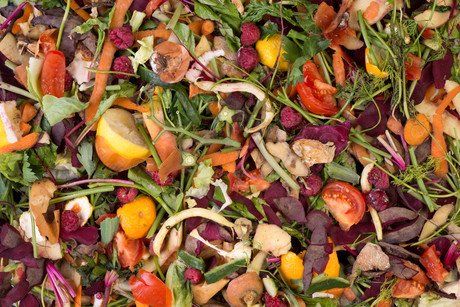How can packaging reduce food waste?

The relationship between the packaging industry and the environment is a challenging one, but a new report has revealed the ways in which packaging can help reduce food waste. With more consumers voicing their concerns for the environment, AMERIPEN’s report ‘Quantifying the Value of Packaging as a Strategy to Prevent Food Waste in America’ highlights the importance of integrating investment, research and policy in order to change the way packaging is viewed.
According to AMERIPEN, landfills across the US consist primarily of food waste, which is a significant contributor to global greenhouse gases. This is because the amount of food waste has doubled in America over the last 50 years, with the country wasting about 30% more food than other developed nations and a staggering 10 times more than less developed nations.
Although packaging has been cited as a huge environmental challenge by consumers, the data revealed that food waste is actually a bigger concern. By looking at both global and national data, AMERIPEN found that foods with the least amount of packaging tend to be responsible for the most amount of waste.
The study identified that a more broad adoption of packaging optimisation strategies is crucial in the fight against food waste. It is also important to educate consumers about the possibility of packaging as a means of preventing food waste, as opposed to their perception that it is a source of waste itself. For example, packaging maintains the freshness of the food and extends shelf life; provides nutritional, storage and usage information; and can control portion sizes.
AMERIPEN concludes that bringing together feedback from consumers, industry leaders and policymakers is the key to creating more cost-effective packaging solutions to food waste.
“Packaging can offer significant value in the fight against food waste but to achieve it we must first start to understand the consumers’ needs, use and perceptions of packaging. The AMERIPEN study points out a number of areas where disconnects between the packaging industry, consumer perceptions and governmental policy exist,” said Kyla Fisher, program manager for AMERIPEN and project lead for the study. “To achieve success, we need to find ways to better collaborate and integrate data across the sectors. This means more research into consumers’ use of packaging in the home and integrated policy approaches linking food waste with packaging recovery efforts.
“Packaging’s potential for reducing food waste is overlooked both in the investment and policy communities. This needs to be addressed in order to leverage a key strategy in the fight against food waste,” Fisher explained.
Roma Foods celebrates over 70 years of Australian manufacturing
Producing over 20 million serves of pasta each year, Australian-owned and family-run Roma Foods...
Beef industry's sustainability achievements and next benchmark
Good waste reduction achievements in the beef processing sector have been highlighted in the...
How will Australia's new climate targets impact manufacturing?
The Australian Government has announced more ambitious climate targets together with a new $5bn...








